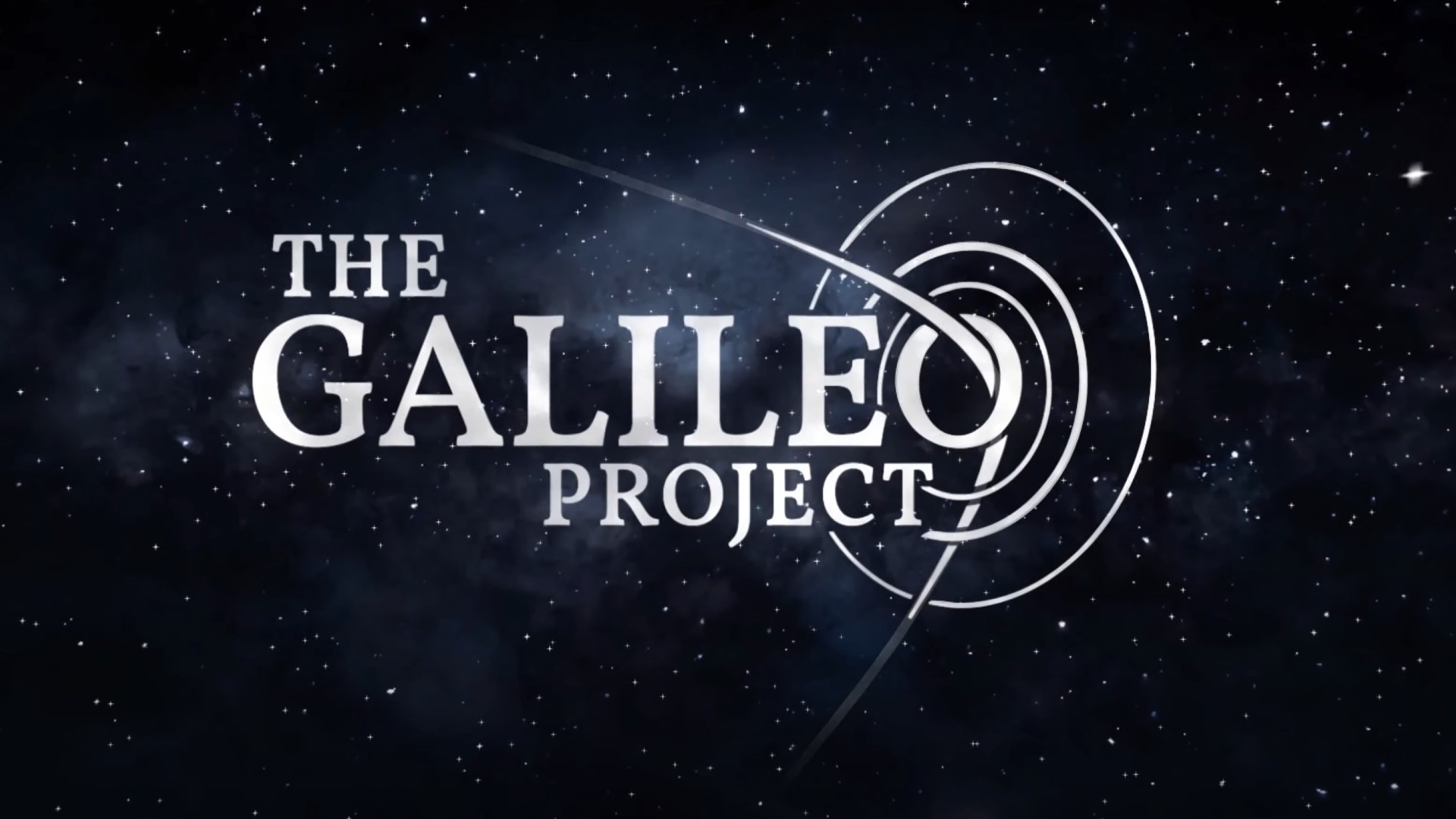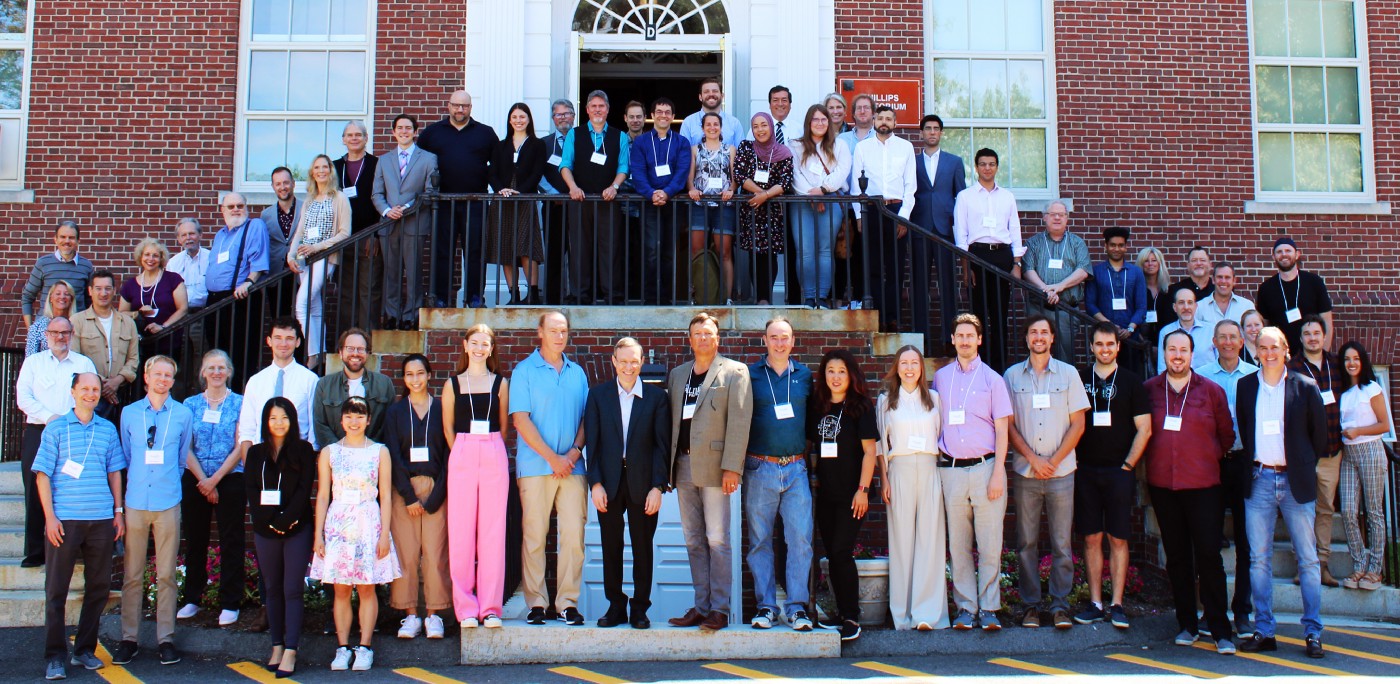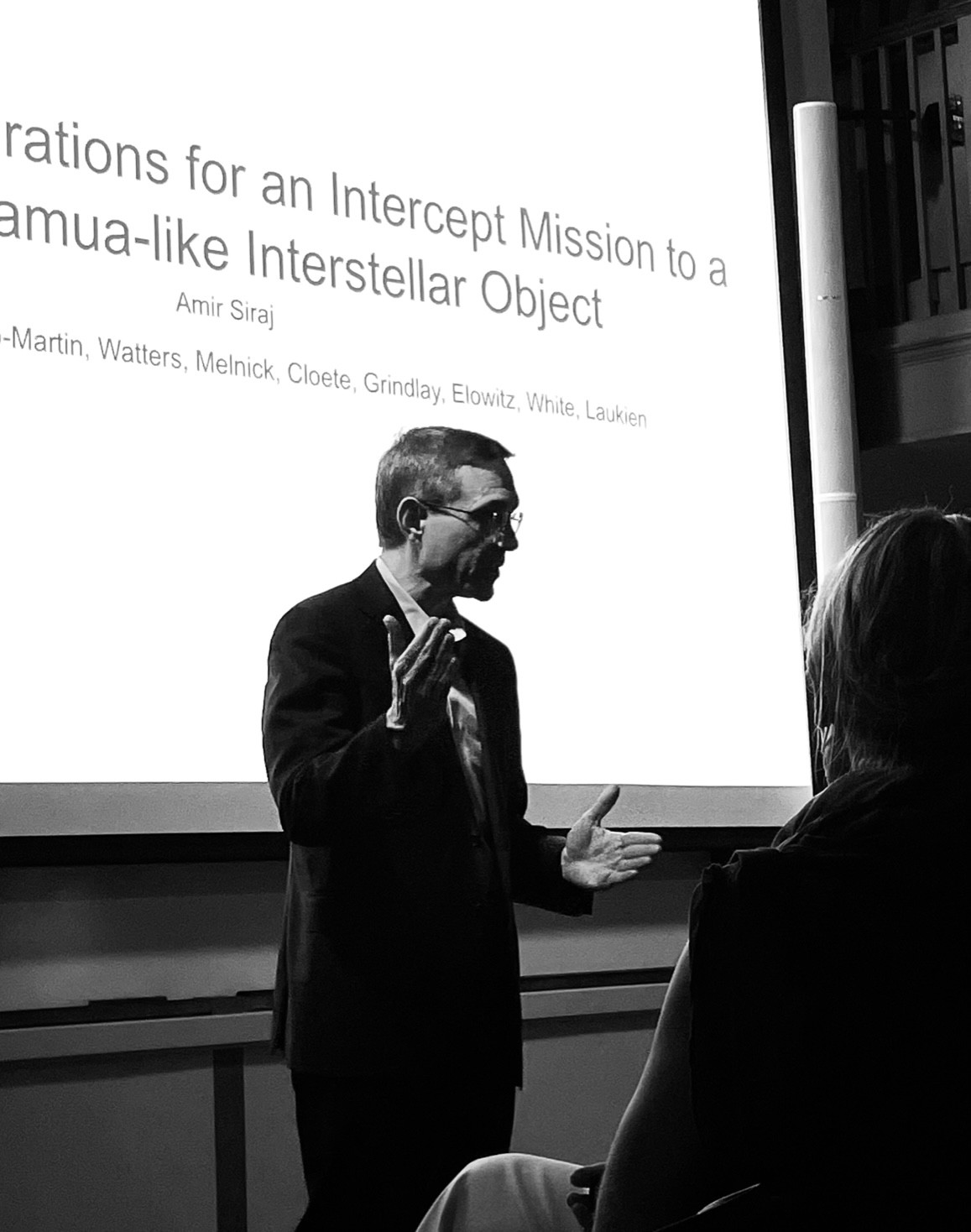
On the trail of unidentified aerial phenomenon: the Galileo Project looks ahead
The project recently made note of its first-year accomplishments and charted plans for the year ahead.

The truth is out there.
The Galileo Project is the first systematic scientific research program in a search for artifacts or remnants of extraterrestrial technological civilizations.
Team members of the initiative held a three-day conference starting on Aug. 1 at the Harvard College Observatory in Cambridge, Massachusetts to make note of its first-year accomplishments and to chart plans for the year ahead.
Related: Pentagon establishes office to track UFOs in space
One action item of note was the opening up of a rooftop set of instruments to look into the issue of Unidentified Aerial Phenomenon (UAP), also frequently characterized as Unidentified Flying Objects (UFOs).
Heading the Galileo Project is noted astrophysicist Avi Loeb of Harvard University.
Founded in July 2021, the project's goal is to bring the search for extraterrestrial technological signatures of extraterrestrial technological civilizations "from accidental or anecdotal observations and legends to the mainstream of transparent, validated and systematic scientific research," its website explains.
Breaking space news, the latest updates on rocket launches, skywatching events and more!
Strategic goal
"Our strategic goal in the coming year," Loeb told Space.com, "is to get our full suite of instruments to work, filming a movie of the entire sky in radio, infrared and visible light as well as audio."
Loeb said that the data stream will be fed into a special computer system that will identify objects detected within that information flow.
"We hope to get new high-quality data in a location where UAP were reported, and make our data open after publishing our results in peer-reviewed journals," Loeb said. "The goal is to accomplish all of that within a year, before our next in-person conference."
Seek better evidence
Loeb points out that the US Congress repeatedly discussed over the past year reports by intelligence and military agencies regarding UAP in the Earth's atmosphere. Likewise, NASA is pushing forward on a study of UAP.
"The best way to better understand these phenomena is by seeking better evidence from state-of-the-art instruments and following the scientific method which entails a transparent, agnostic analysis of open data," said Loeb. "The realization that even a single object may have originated from an extraterrestrial technological civilization would resonate with humanity's most fundamental questions and interests."
By engaging in the search, Loeb said, the nature of UAP may be revealed before we understand dark matter "if we would only be brave enough to collect and analyze UAP data publicly, based on the scientific method."
Other branches of activity for the Galileo Project involve designing a space mission that will identify the nature of interstellar objects that do not resemble comets or asteroids, like "Oumuamua," an interstellar interloper that whisked by Earth in October 2017.
Also on the project's agenda is coordinating expeditions to study the nature of interstellar meteors. An ocean expedition by the Galileo Project is being scoped out to retrieve fragments of the first large interstellar meteor, CNEOS 2014-01-08, from the ocean floor near Papua New Guinea.
"Humanity is on the cusp of profound discoveries about our cosmic neighborhood," Loeb concludes.
UAP site location
The key to appraising UAP is that the sensors and resultant data need to be capable of identifying characteristics that cannot be duplicated by human-made objects, said Robert Powell, executive board member of the Scientific Coalition for UAP Studies
With that in mind, Powell told Space.com that the next steps in UAP research should be to "confidently characterize velocities and accelerations that cannot be produced by human-made objects."
This requires robust optical triangulation methods for calculating range, using multiple cameras, to ensure that the final error bounds on range estimates are well-understood and sufficiently narrow, he said.
Furthermore, Powell said that there's need to solve the site selection problem by identifying areas with a "higher likelihood of UAP sightings" for setting up monitoring gear. Lastly, there's need to distribute many of these systems, he said.
Social intelligence
A newly formed group focused on advancing progress on UAP is Enigma Labs; they are using cutting-edge technology and social intelligence, explaining that UAP have appeared across the planet for decades in various forms. The cross-border nature of sightings demands a global perspective, their website explains.
"We are thrilled the scientists at the Galileo Project have achieved this milestone and fully support their efforts," said Alex Smith, founder of Enigma. "If we are to advance public understanding of this phenomena, all approaches of analysis will be necessary," she told Space.com.
High-quality telescope footage from Galileo will be key to conclusive scientific studies, Smith said. Over time, supporting civilian footage and a network of alternative sensors — radar, thermal imaging, and infrared cameras — will serve as independent corroboration of telescope sightings.
"When combined with the vast amount of historical data, hundreds of thousands of witness reports, and analyses conducted by credible governments, researchers and non-government organizations, the existence of UAP will be irrefutable, and patterns will be easier to identify," said Smith. "This is an exciting chapter in UAP studies and we look forward to watching Galileo deploy more telescopes."
Follow us on Twitter @Spacedotcom or on Facebook.

Leonard David is an award-winning space journalist who has been reporting on space activities for more than 50 years. Currently writing as Space.com's Space Insider Columnist among his other projects, Leonard has authored numerous books on space exploration, Mars missions and more, with his latest being "Moon Rush: The New Space Race" published in 2019 by National Geographic. He also wrote "Mars: Our Future on the Red Planet" released in 2016 by National Geographic. Leonard has served as a correspondent for SpaceNews, Scientific American and Aerospace America for the AIAA. He has received many awards, including the first Ordway Award for Sustained Excellence in Spaceflight History in 2015 at the AAS Wernher von Braun Memorial Symposium. You can find out Leonard's latest project at his website and on Twitter.



